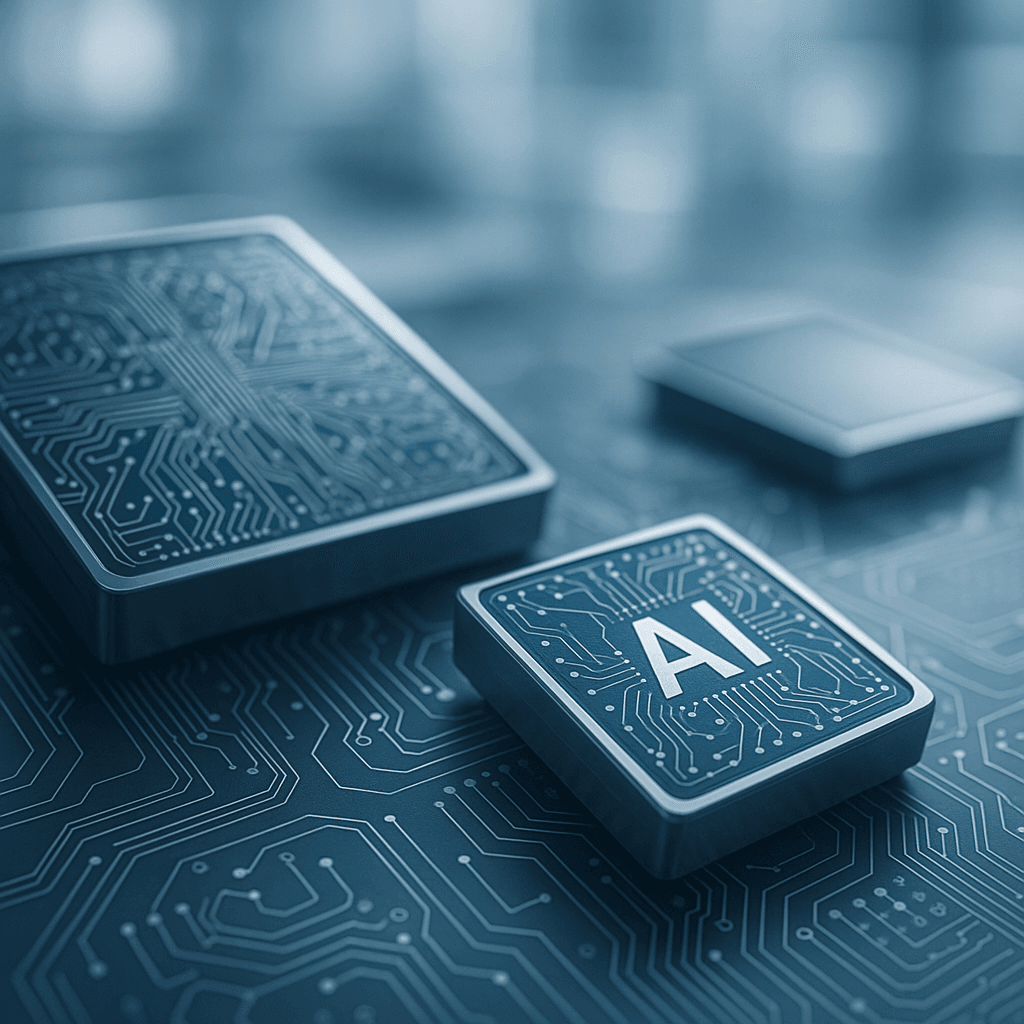Tesla just dropped a bombshell about its semiconductor ambitions. CEO Elon Musk revealed on Wednesday's earnings call that the company's AI5 chips will be manufactured by both Samsung and TSMC at their U.S. facilities, with an explicit goal of creating oversupply to power everything from autonomous vehicles to data centers. The move signals Tesla's growing independence from traditional chip suppliers while maintaining its strategic partnership with Nvidia.
Tesla is making a calculated bet on semiconductor independence that could reshape the AI chip landscape. During Wednesday's third-quarter earnings call, CEO Elon Musk unveiled details about the company's AI5 chip strategy that positions Tesla as both partner and potential competitor to Nvidia.
The AI5 chip, first announced at Tesla's 2024 shareholder meeting, represents the latest evolution of the company's Autopilot hardware. But Musk's revelation that both Samsung and TSMC will manufacture these chips at their U.S. facilities marks a significant shift from earlier plans. Originally, Tesla intended for TSMC to handle AI5 production while Samsung would manufacture the successor AI6 chip.
"Our explicit goal is to have an oversupply of AI5 chips," Musk told investors, explaining that excess chips not used in vehicles or robots would power Tesla's expanding data center operations. This strategy echoes the approach taken by tech giants like Google, Amazon, and Microsoft, all of whom are developing custom silicon to reduce dependence on Nvidia's dominance.
The technical specifications Musk shared reveal Tesla's aggressive approach to chip design. The AI5 fits on a "half reticle," making it roughly half the size of comparable AI chips from Nvidia and Advanced Micro Devices. This compact design allows Tesla's engineering team to strip away legacy components that slow performance.
"Tesla only has to satisfy requirements from one customer," Musk explained during the call. "That makes the design job radically easier and means we can delete a lot of complexity from the chip." The company removed legacy GPUs, signal processors, and other components, with Musk predicting the chip could achieve the best performance per dollar for AI applications "maybe by a factor of 10."
But Tesla isn't abandoning Nvidia entirely. The company announced it now has computing capacity equivalent to 81,000 of Nvidia's H100 chips and will continue using Nvidia's graphics processing units for AI model training. "We're not about to replace Nvidia, to be clear, but we do use both in combination," Musk clarified.












